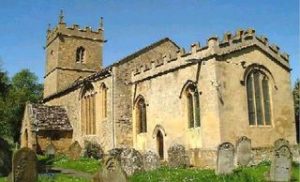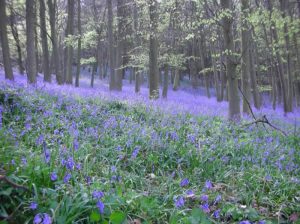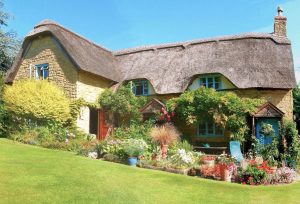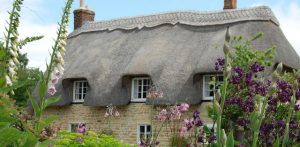About Ashton
The village of Ashton under Hill (population 800) is situated in south Worcestershire at the eastern end of Bredon Hill and overlooking the Vale of Evesham. It has a long history with evidence of Roman occupation.
The earliest surviving building is the Parish Church of St. Barbara which is entered through a Norman doorway. The church has been extended and reconstructed over the years and has a neat pinnacled tower of the 14th century and a chancel rebuilt in 1624. By the lych gate at the entrance to the churchyard is a 15th century stone cross with thatched cottages dating back to the 17th century on either side of the road. St Barbara’s is in the Beckford group Parish, part of the Bredon Hill Group of Churches
A walk along the almost mile long village street(now called Beckford Road to the south and Elmley Road to the north) will take the visitor past a wide selection of the local rural architecture typical of both the Cotswolds and The Vale.
In addition to timber-framed and stone cottages there is a black and white farmhouse dating back to the 15th century, an elegant stone manor house built before 1700, tall brick houses from around 1800, also many red-brick Victorian cottages and a scattering of 20th century houses in a variety of styles. The non-conformist chapel was built in the 1920s.
The village also has two schools; the old Village school in the centre built in the 1860s with the more modern village hall attached, and at the north end the 1960s Middle School. The village pub ‘The Star Inn’ offers a warm welcome, traditional ales and home-cooked food.
Ashton is a favourite place for walkers because of its easy access to Bredon Hill with its range of public paths and scenic views. It’s a key part of Wychavon Way, a long distance path from Winchcombe to the River Severn. The village is also well known as the birthplace of Fred Archer, whose many books describe in vivid prose life on the farms and in the villages in past years, particularly the first part of the 20th century.
In earlier times Ashton was celebrated for its orchards and market gardening. Very little now remains although the traditions of the market gardener have in some measure been transferred to the current inhabitants who take a great pride in their gardens many of which are open to the public at the annual Open Gardens week-end in June. This is organised to raise funds, both for St Barbara’s Church and the Community Centre.
Photos by Roger Umpelby, Jeremy King and Jo Brown



